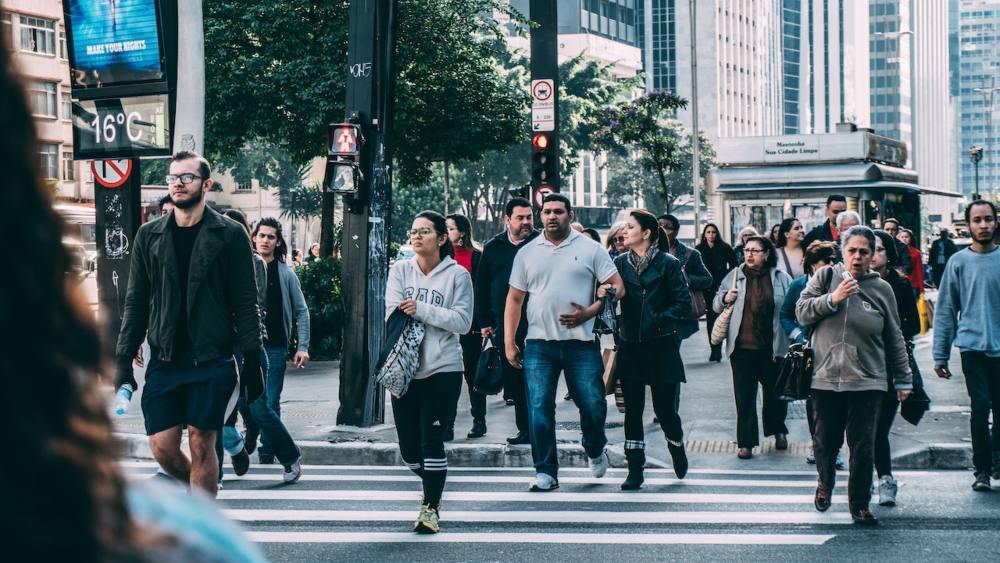Finding yourself walking on the road one minute and a car barreling towards you unable to stop at the next is a terrifying experience. As a driver, the last thing you want is to run into a pedestrian and as a pedestrian you never want to be struck by a car. However, the unfortunate fact of the matter is that there are nearly 10,000 pedestrian deaths yearly and far more injuries resulting from pedestrian-vehicle collisions. Learning whether such an accident constitutes a personal injury lawsuit can help you determine if there is legal action to take.
Table of Contents
What is a Personal Injury Case?
For those unfamiliar, a personal injury lawsuit is a civil case that is brought to court by an injured party. That injured party must have been injured by the negligent actions of another person or organization whom they are bringing the case against. In most cases, the injured party is seeking financial compensation for monetary issues relating to their injuries such as surgery costs or general medical costs.
Common Examples of Personal Injury
Some of the most common types of personal injury cases include:
- Vehicles colliding with pedestrians
- Workplace accidents resulting from negligent actions on behalf of another worker
- Slip and fall accidents
- Medical malpractice
- Defective products causing personal injury
- Property damage
- Wrongful death
If you have gone through one of the above or are certain you were involved in an accident caused by the negligent actions of someone else, don’t hesitate to reach out to an accredit lawyer as soon as possible to discuss your case.
What is Required to Win a Personal Injury Case?
Assuming you have researched personal injury lawsuits and decided that filing a suit is your best course of action, there are a number of considerations to keep in mind prior to beginning the lawsuit. Even if you believe your personal injury case is cut-and-dry, there are a number of factors that can influence the decision of the case. To prove your case in a court of law, you will need to prove the following:
- Duty of Care: You will need to prove in court that the person or organization that caused your injuries had a duty to keep you protected at all times.
- Breach of Duty: After proving the other party had a duty of care, you need to prove that they violated that duty of care through negligence or knowledgeable behavior. Negligence refers to a failure to take proper action from carelessness but is typically not intentional.
- Causation: Next, you must prove that the actions of the other party directly resulted in the injuries that you received. For example, a driver texting on their phone missing a stop sign and slamming into you would be causation.
- Damages: Finally, you need to prove that the injuries you suffered resulting in the monetary compensation you are seeking. For example, a medical examination that finds your broken leg resulted after the accident will not be applicable for reparations.
Assuming you and your lawyer can prove your personal injury resulted from the negligence of another, there is a high likelihood that you could be eligible for some level of compensation.
How Does a Personal Injury Court Case Work?
As you begin your journey in a personal injury lawsuit case, you may be wondering how the actual process will work. There are a few steps involved overall:
- Assess your injuries following an accident that somebody else caused
- Reach out to an accredited lawyer in your area who can assess your case
- Gather witnesses to the event who can testify on your behalf
- Speak with the other side and see if there is a settlement offer you would be willing to talk
- If there is no settlement, testify in court regarding what occurred and cross-examine witnesses to figure out what happened
- Accept the verdict that the court provides and take any necessary action the court may order
The majority of personal injury civil suits will end in settlement and will never reach a courtroom, but this isn’t always the case. Be prepared to launch into a trial that could last for weeks or longer depending on the complexity of your case.
Defend your legal rights
Whether you are a pedestrian or driver who has been involved in an accident, it’s beneficial to understand what your legal options are following this event. Don’t settle for being injured following a collision when there are legal matters you can pursue. Contact an accredited lawyer in your area who has experience with pedestrian collisions and who can fight for your rights in the court of law.
Also, Read – A Look at the Latest Trends in Glass Conference Room Design and Technology




